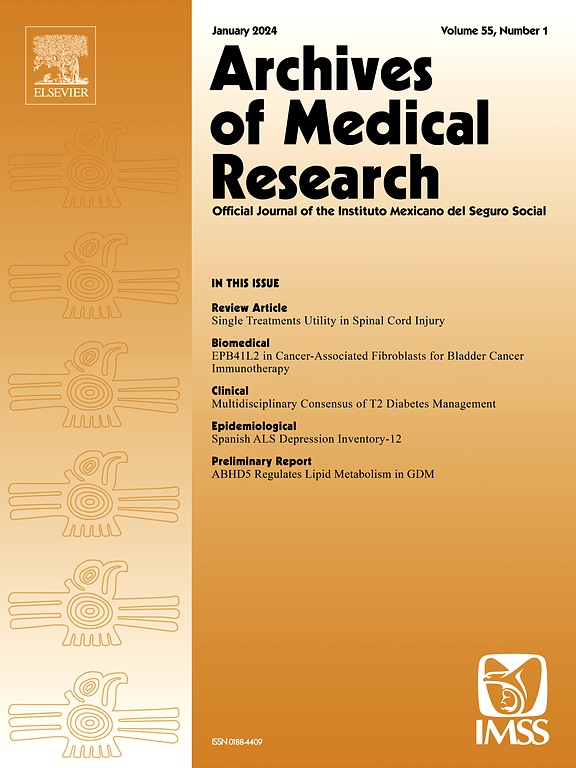内分泌干扰物与注意缺陷多动障碍:系统综述
IF 3.4
3区 医学
Q1 MEDICINE, RESEARCH & EXPERIMENTAL
引用次数: 0
摘要
儿童注意力缺陷多动障碍(ADHD)的日益流行促使人们对遗传和环境风险因素进行了更多的研究,包括双酚A (BPA)和多氯联苯(PCBs)等内分泌干扰化学物质(EDCs)。这篇综述的重点是2013年至2023年12月之间发表的研究,这些研究探讨了双酚a和多氯联苯对多动症的潜在影响。这篇综述来自WOS、PubMed和Scopus等数据库。双酚a是一种常用于塑料和树脂的化学物质,由于其潜在的神经发育影响而引起关注,特别是在产前接触时。尽管还需要更多的研究,但多项研究表明,产前BPA暴露与后代患多动症的风险增加之间存在关联。同样,多氯联苯是一种持久性环境污染物,主要存在于受污染的食物来源中,与认知和行为问题有关,包括注意力缺陷和多动。双酚a和多氯联苯都被证明会破坏神经发育,这强调了调节这些化学物质对保护儿童健康的重要性。虽然这些发现强调了潜在的风险,但需要进一步的研究来阐明这些EDCs在ADHD和其他神经行为障碍发展中的潜在机制和确切作用。本文章由计算机程序翻译,如有差异,请以英文原文为准。
Endocrine Disruptors and Attention Deficit Hyperactivity Disorder: A Systematic Review
The increasing prevalence of attention deficit hyperactivity disorder (ADHD) in children has prompted more research on both genetic and environmental risk factors, including endocrine-disrupting chemicals (EDCs) such as bisphenol A (BPA) and polychlorinated biphenyls (PCBs). This review focuses on studies published between 2013 and December 2023 that explore the potential impact of BPA and PCBs on ADHD. The review draws from databases such as WOS, PubMed, and Scopus. BPA, a chemical commonly used in plastics and resins, has raised concerns due to its potential neurodevelopmental effects, particularly when exposure occurs prenatally. Multiple studies have suggested an association between prenatal BPA exposure and an increased risk of ADHD in offspring, though more research is needed. Similarly, PCBs, which are persistent environmental pollutants primarily found in contaminated food sources, have been linked to cognitive and behavioral issues, including attention deficits and hyperactivity. Both BPA and PCBs have been shown to disrupt neurodevelopment, underscoring the importance of regulating these chemicals to safeguard children’s health. While these findings highlight a potential risk, further studies are required to clarify the underlying mechanisms and the precise role these EDCs play in the development of ADHD and other neurobehavioral disorders.
求助全文
通过发布文献求助,成功后即可免费获取论文全文。
去求助
来源期刊

Archives of Medical Research
医学-医学:研究与实验
CiteScore
12.50
自引率
0.00%
发文量
84
审稿时长
28 days
期刊介绍:
Archives of Medical Research serves as a platform for publishing original peer-reviewed medical research, aiming to bridge gaps created by medical specialization. The journal covers three main categories - biomedical, clinical, and epidemiological contributions, along with review articles and preliminary communications. With an international scope, it presents the study of diseases from diverse perspectives, offering the medical community original investigations ranging from molecular biology to clinical epidemiology in a single publication.
 求助内容:
求助内容: 应助结果提醒方式:
应助结果提醒方式:


